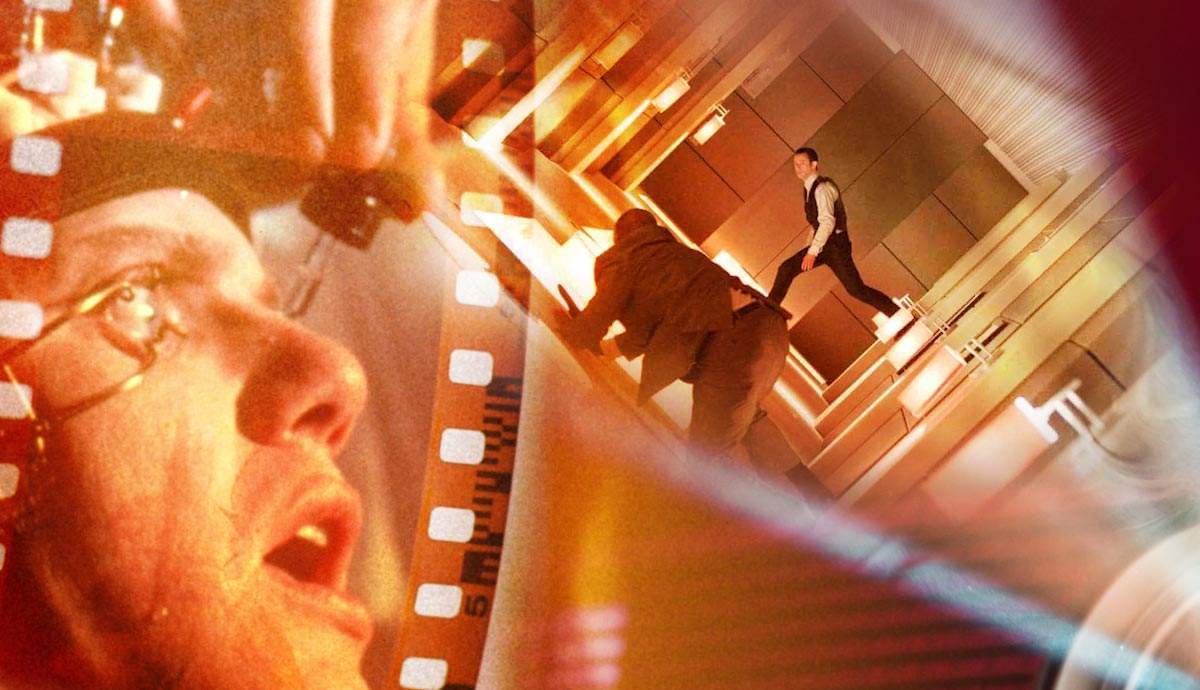
In the fascinating world of filmmaking, directors, scriptwriters, actors, and cinematographers are modern-day magicians who breathe life into stories through the camera. By mastering specific film techniques, directors transform narratives into unforgettable experiences. Embrace the alchemy of cinematic storytelling on a journey through essential film techniques, where every frame carries meaning, and camera movements constitute the grammar of the phenomenal film language.
The Remarkable Influence of Film Techniques on Audiences
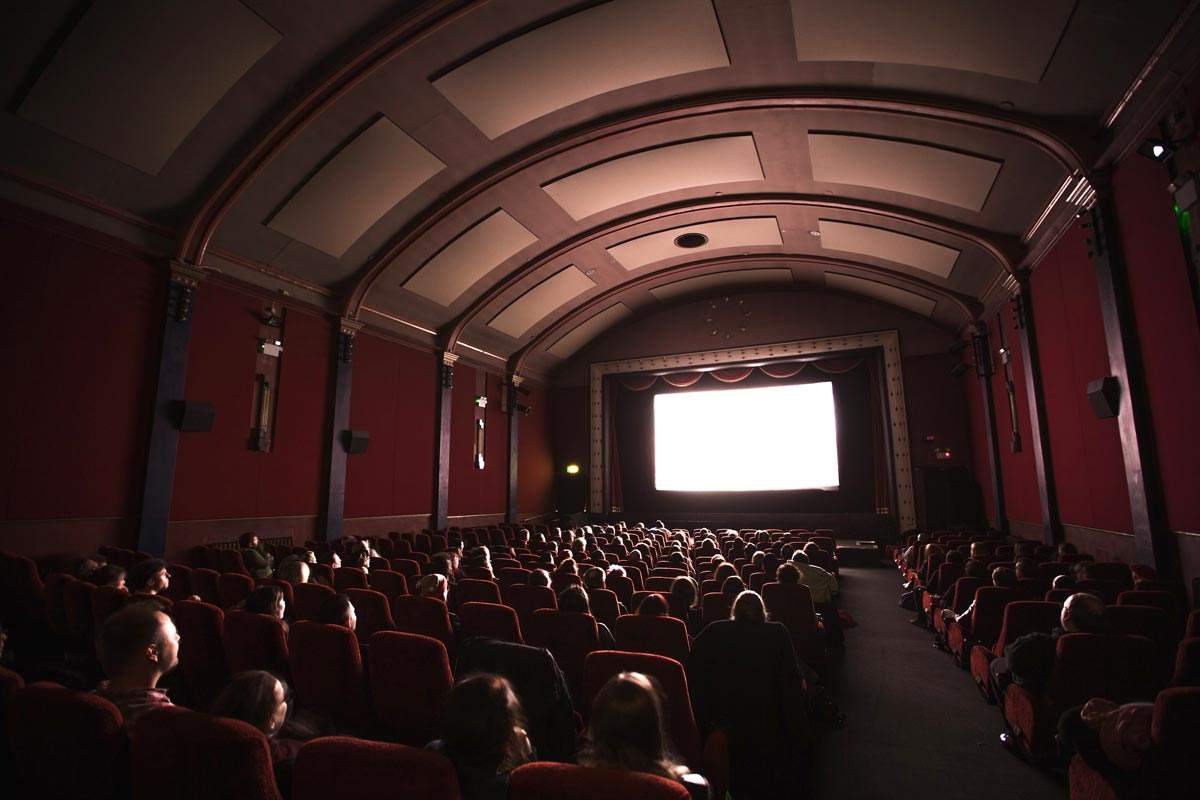
In the dynamic world of cinema, filmmakers assume the role of modern-day visual storytellers, captivating the audience through audiovisual tales and stories about fictional or real-life heroes. Film techniques serve as the tools of cinematic storytelling, and their impact on the audience will always be profound. Through stylish frame composition, dynamic camera movement, creative editing, and atmospheric sound design, many filmmakers can craft a fantasy world that fosters emotional connections, psychological thrill, and admiration.

The magic of the silver screen lies in the mastery of audiovisual tools and film techniques that transform a simple story into a short yet memorable journey. Creativity knows no bounds. Pure dedication, constant practice, and relentless passion for the 7th art create a blend of cinematic masterpieces that inspire people around the globe every day. Here are 8 film techniques that you should have in mind when admiring a motion picture.
1. Writing Sympathetic Characters

Get the latest articles delivered to your inbox
Sign up to our Free Weekly Newsletter
Save the Cat is a screenwriting technique coined by the American screenwriter Blake Snyder. His book, Save the Cat! The Last Book on Screenwriting You’ll Ever Need (2005), is considered an important work in the world of screenwriting. Save the Cat is a storytelling tool that helps filmmakers create and establish relatable and sympathetic characters. The title of this technique refers to the idea that the protagonist should do something early in the story to make the audience members grow fond of them—like saving a cat from a tree, for example. The protagonist will win the audience’s love from the very beginning, and every film viewer will become invested in the character’s journey.
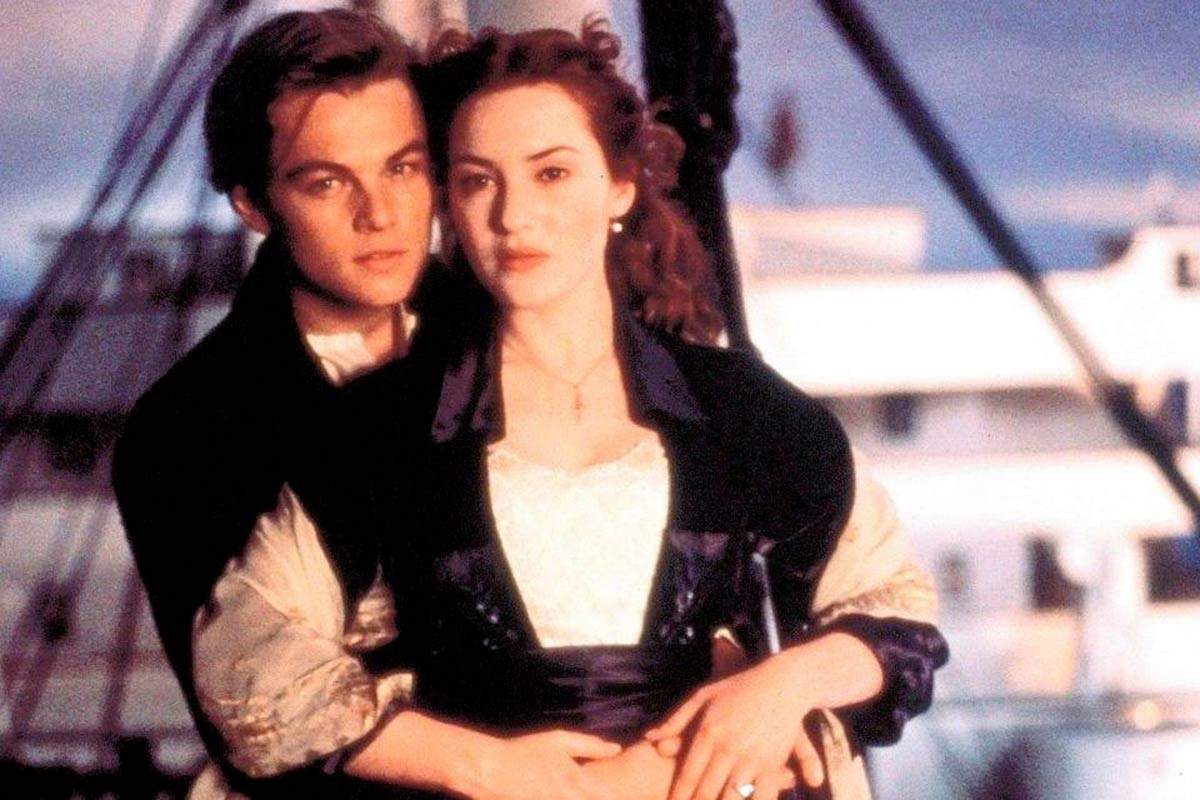
In the cult film Titanic (1997), directed by James Cameron, Jack (played by Leonardo DiCaprio) intervenes to prevent Rose (played by Kate Winslet) from jumping off the boat, risking his safety to save and reassure her. This act of heroism establishes him as a sympathetic character throughout the film about the famous Titanic.
2. Using Close-Ups
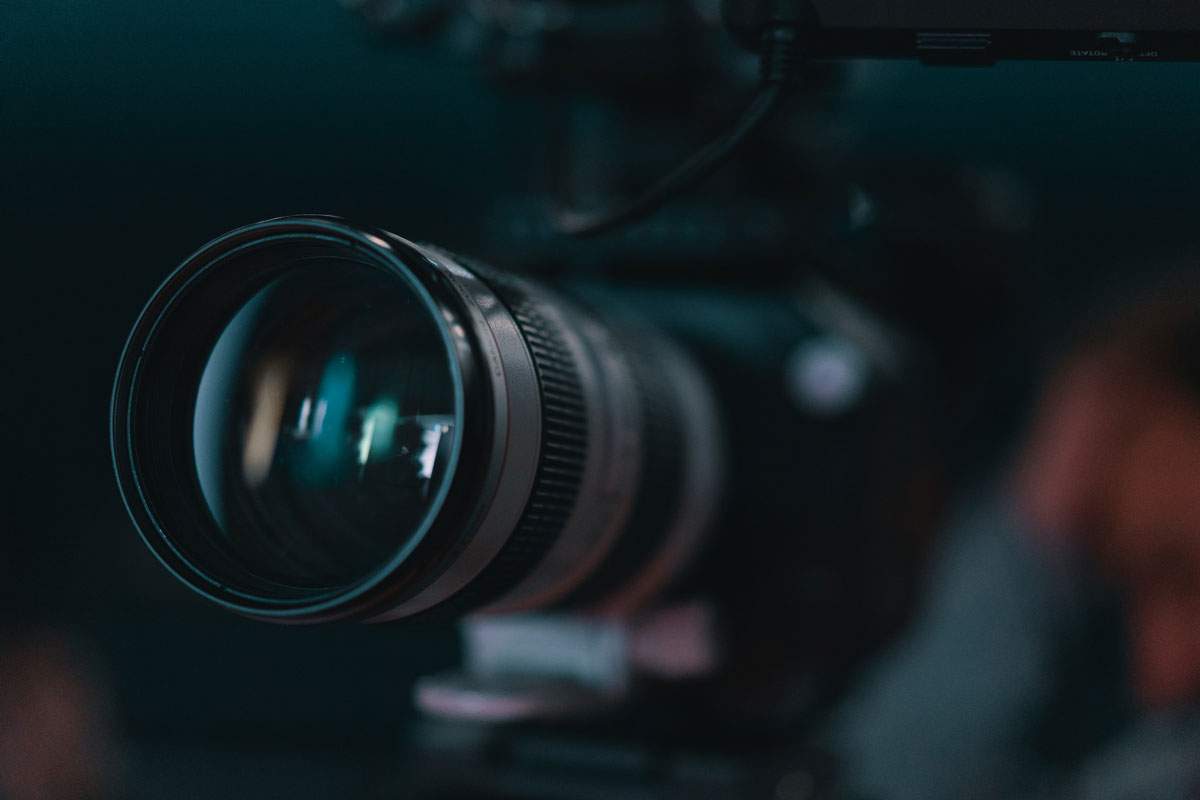
Close-ups, as a cinematic technique, entail zooming in on a character’s face or a vital object to capture details, inner thoughts, and emotions. This approach establishes a strong connection between the audience and the characters. Furthermore, close-ups of the faces of charismatic actors can be the most powerful shots in a film. If the actors are good at their job, they are capable of conveying various emotions through their facial expressions, drawing viewers deeper into the story.
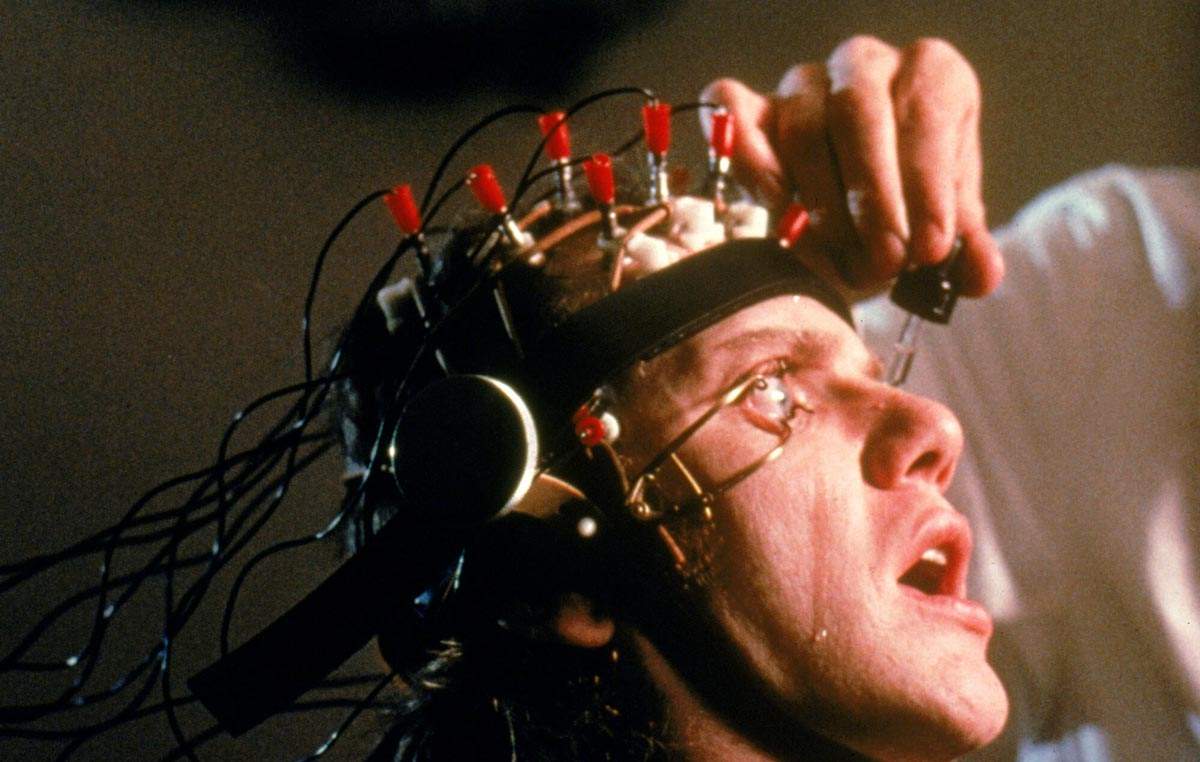
In A Clockwork Orange (1971), Stanley Kubrick’s use of close-ups serves as a tool for creating an unsettling atmosphere. Additionally, Kubrick employed extreme close-ups of Alex’s eyes forcibly held open during the famous Ludovico Technique scenes. These close-ups emphasized the character’s emotions in a theatrical and memorable way.
3. Using Red Herrings
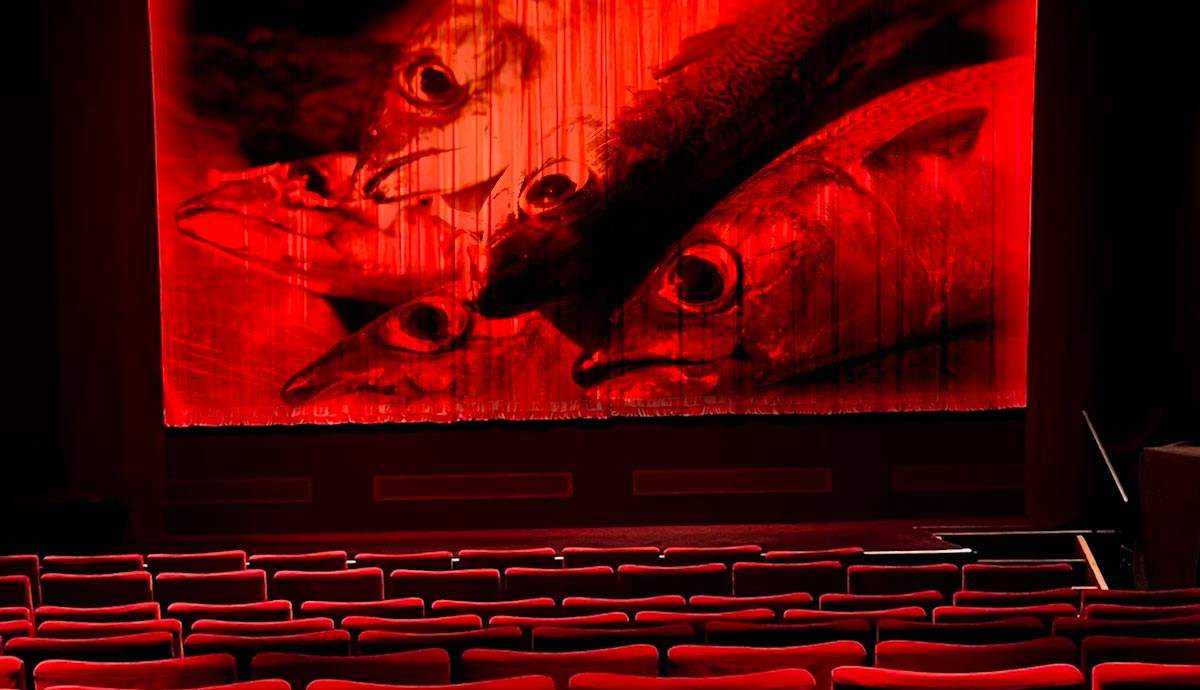
Red Herring is a plot device that many filmmakers use to distract and mislead the audience from the true nature of the story. This film technique creates suspense and keeps the viewer constantly alert to the film by keeping the audience guessing about what’s coming next. Many visionary filmmakers have used red herrings to subvert the expectations of an already engaged audience. False clues and seemingly essential but irrelevant elements are only a few ways to elevate the complexity of a story. Additionally, plot twists are one of the most desirable elements in cinematic storytelling.
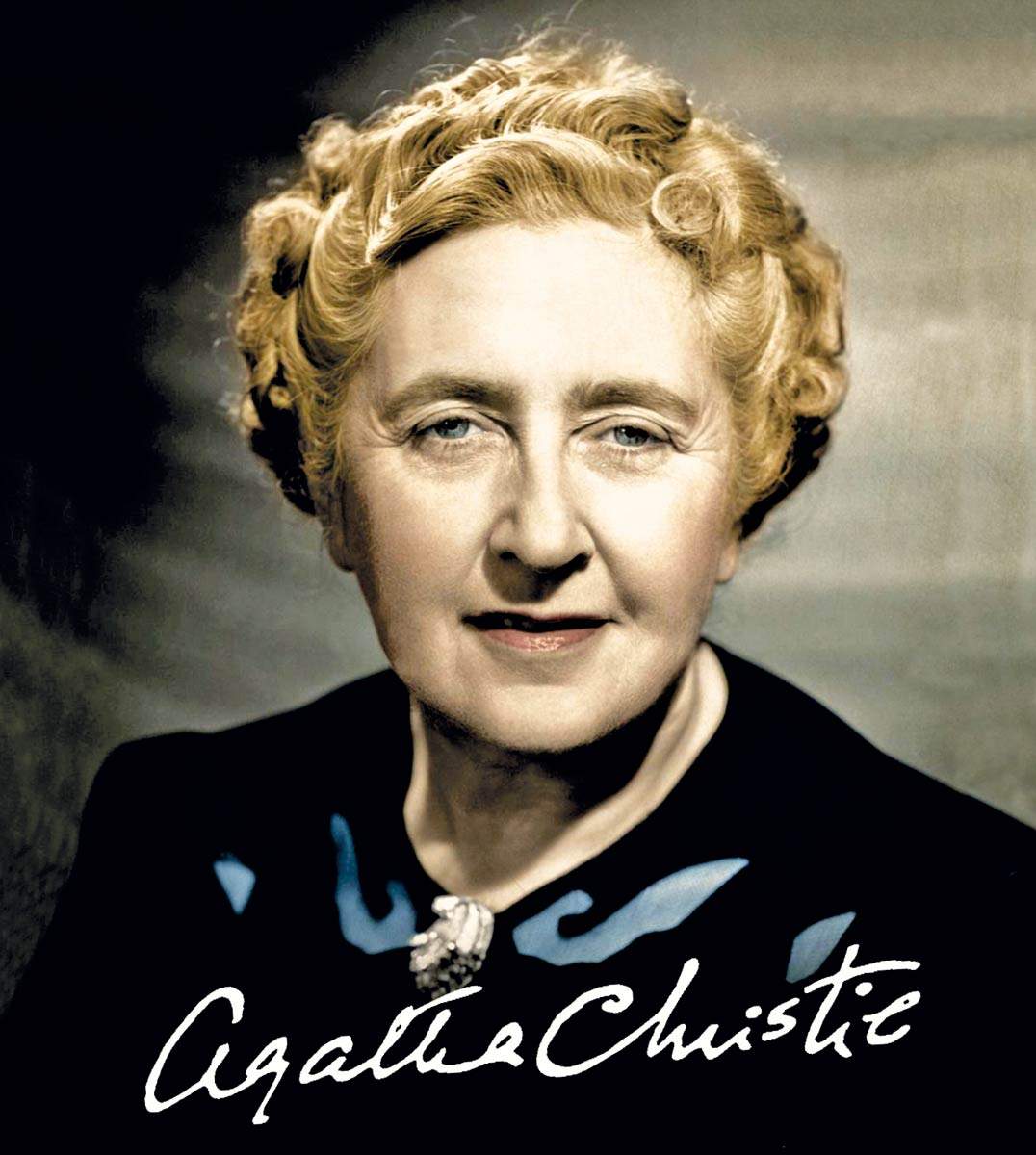
Agatha Christie is considered the queen of the murder-mystery genre, with many of her stories transferred to the big screen. In Murder on the Orient Express (1974), directed by Sidney Lumet, all the characters, each with their suspicious behavior or motives, become suspects in the murder that the famous detective Hercule Poirot tries to investigate. This clever approach keeps the audience alert throughout the entire film as they search for red herring clues that will eliminate certain characters and uncover the actual culprit. This masterpiece will always be a prime example of using red herring misdirections on the silver screen.
4. Enhancing the Story Through Sound

In cinema, numerous methods are utilized to establish a character, a location, or an emotion. One of the most renowned techniques for achieving this is the Leitmotif (also spelled as leitmotiv), an exceptional sound technique. A leitmotif is a recurring musical theme or sound motif associated with a specific character, place, emotion, or idea. Through this sound emphasis technique, a familiar melody becomes synonymous with an aspect of a film. This way, leitmotifs become a part of the viewer’s subconscious.
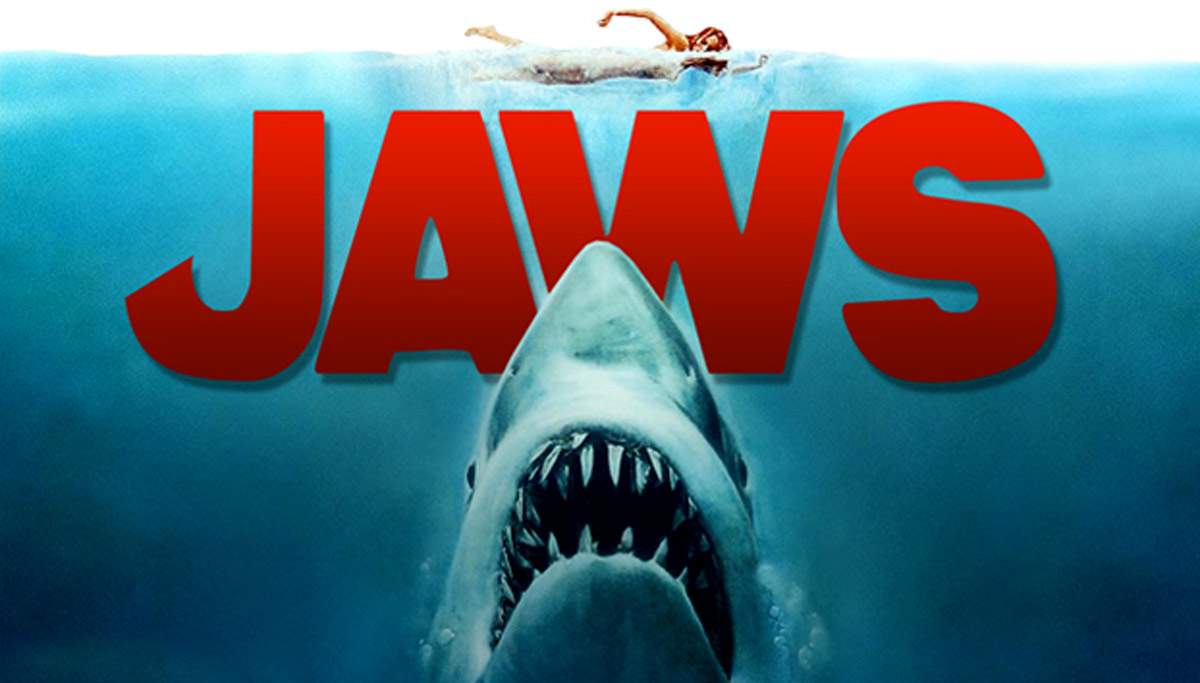
In the movie Jaws (1975) by Steven Spielberg, a memorable musical motif becomes synonymous with the shark’s attack. It consists of repetitive two notes that create the most famous leitmotiv in cinematic history. The musical connection with the beast begins in the first scene and lasts throughout the film. This terrifying sound signifies the shark’s presence, creating tension without the use of visuals or dialogue.
5. Chekhov’s Gun
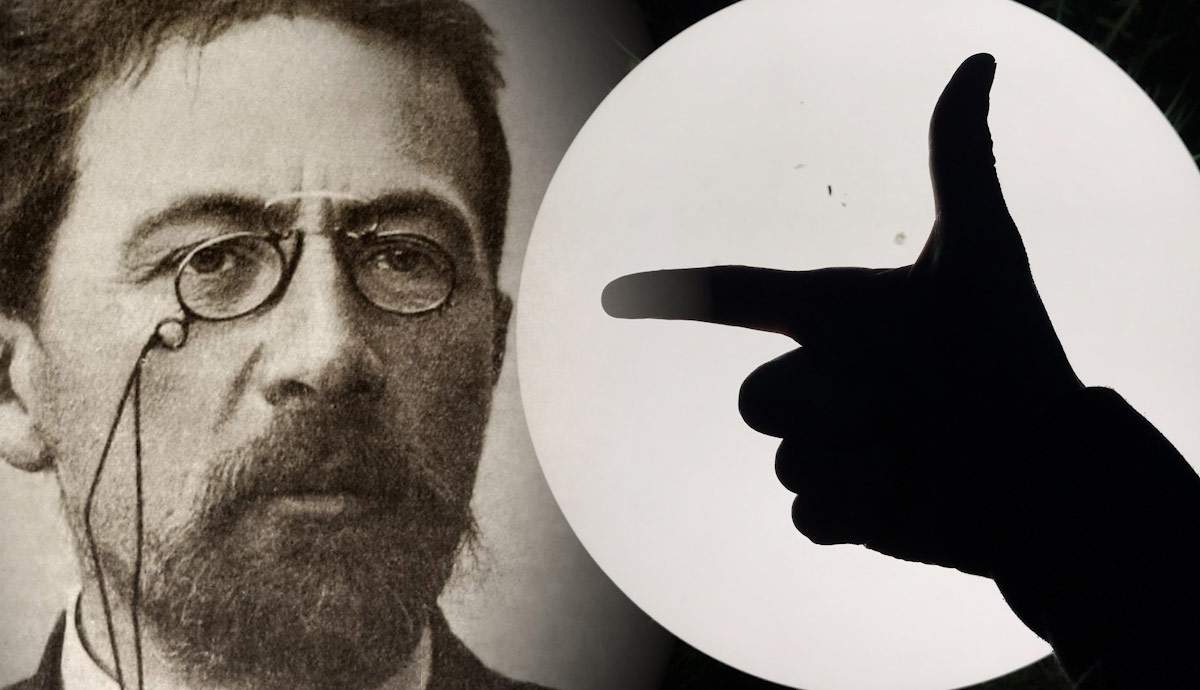
Anton Chekhov famously said: “Remove everything that has no relevance to the story. If you say in the first chapter that there is a rifle hanging on the wall, in the second or third chapter, it absolutely must go off. If it’s not going to be fired, it shouldn’t be hanging there.”
This quote shows the essence of Chekhov’s gun dramatic principle. In Chekhov’s mind, every element in the story must serve its purpose and contribute to the final plot. Visionary filmmakers around the globe have been inspired by this principle, harnessing the power of the foreshadowing film technique. Strategically placed subtle clues make the audience members alert, which helps them build a deeper connection with the story and enthusiastically anticipate the finale.
Chekhov’s gun encourages storytellers to avoid introducing random elements to the story. However, visionary filmmakers often reverse this technique to intentionally mislead the audience in order to deliver something unexpected in the end.

A prime example of the use of Chekhov’s gun principle can be seen in the science fiction comedy Back to the Future (1985). The time-traveling car, which plays a central role in every film of the famous Back to the Future franchise, is introduced early in the plot as an invention made by the scientist Doc Brown.
6. Dutch Angle
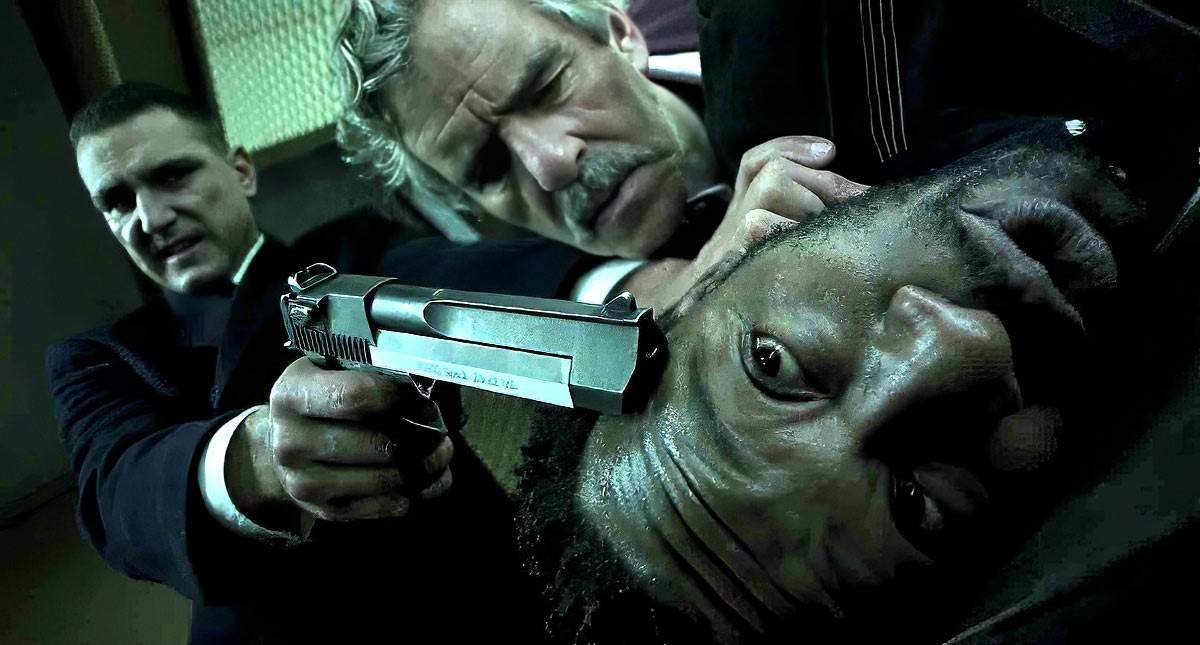
In the world of filmmaking, the frame is the canvas, and the brush is the camera. Composition is all about framing shots in order to convey emotions and keep the audience alert throughout the film. The Dutch Angle is a unique, bold, and dynamic visual technique that tilts the camera off its horizontal axis. This technique creates an unsettling effect, reflecting the psychological or emotional distortion of a character.
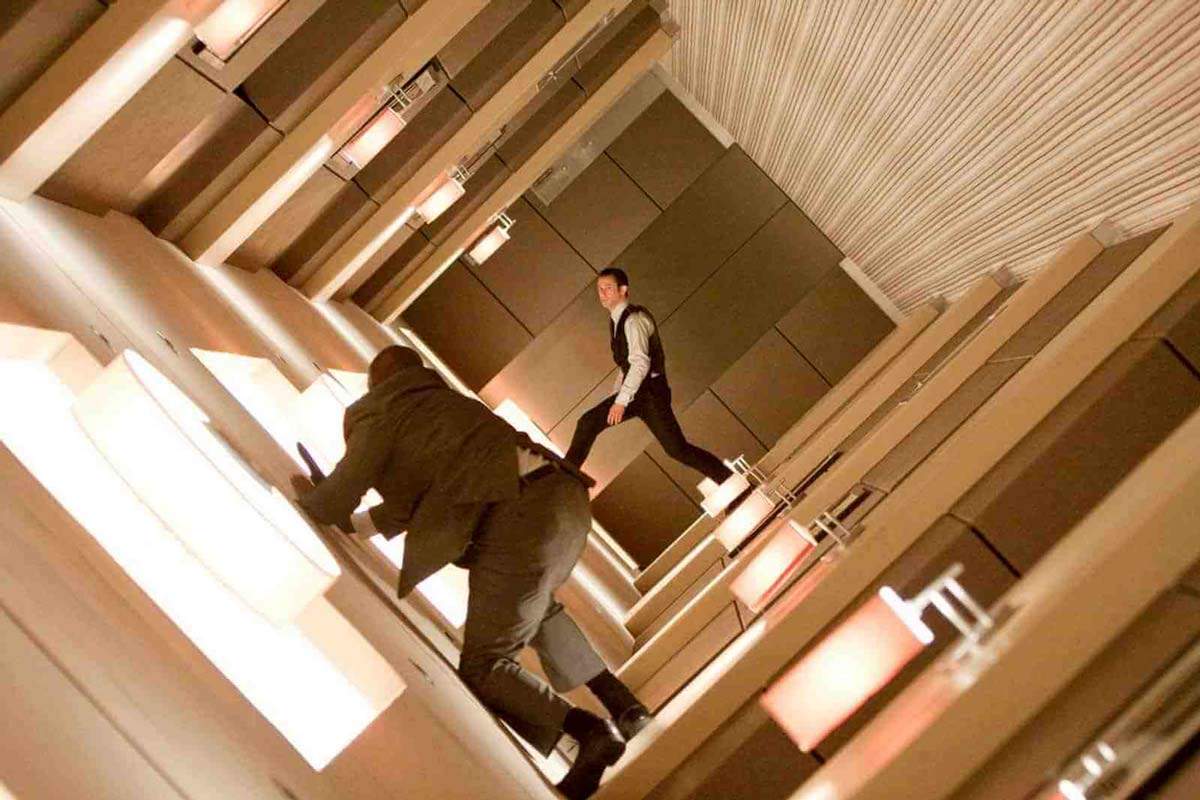
At times, the strategic use of this camera movement technique speaks volumes, adding tension to action scenes like car chases or gun battles. In Christopher Nolan’s Inception (2010), Dutch angles are commonly used in dream sequences to muddle the boundaries between reality and the dream world. This increases the audience’s confusion about the unstable nature of the dream realm.
7. Jump Cuts
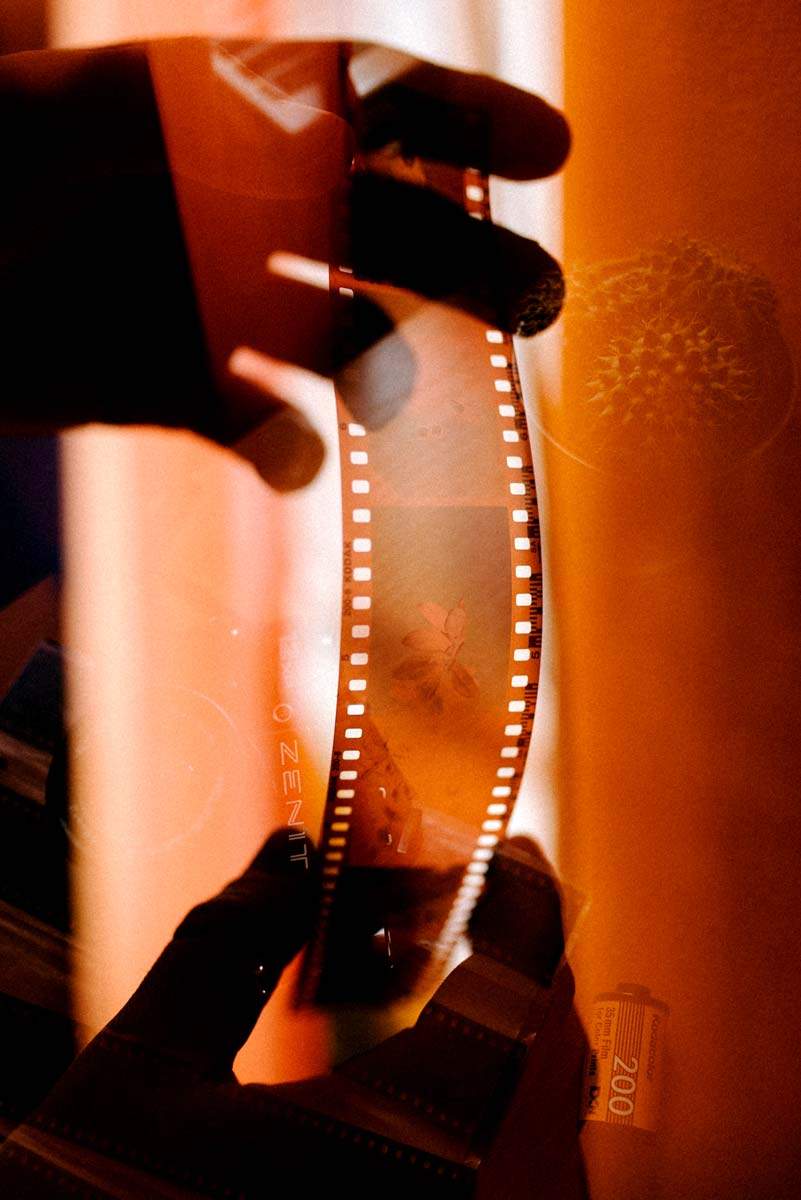
The editing room is where the elements of a film story come together like puzzle pieces. Film editing, or montage, takes care of the film’s pacing, rhythm, and continuity. The jump cut is a creative editing technique where two shots of the same subject are edited together with a noticeable jump in time or space. Jean-Luc Godard popularized this technique as an intentional stylistic choice in the French New Wave movement in the 1960s.
Numerous filmmakers have used jump cuts to emphasize changes, showcasing quick transformations or contrasts between shots. This powerful film technique adds tension, energy, and even an artistic touch to a scene, breaking away from the traditional continuity we mostly see in film edits.
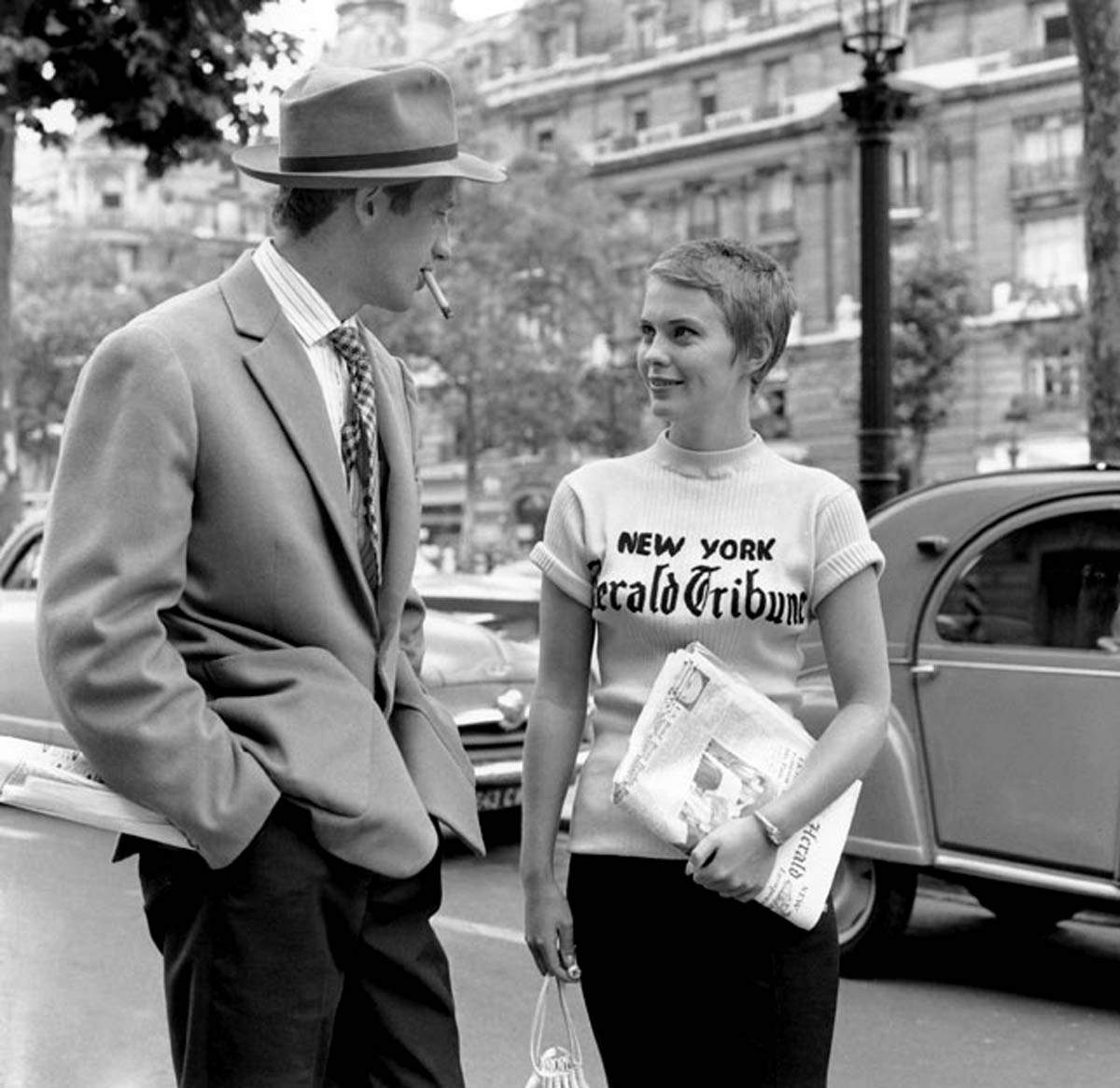
Breathless (1960) directed by Jean-Luc Godard, will always remain an iconic example of the French New Wave’s revolutionary approach to global cinema. This cult film is known for its purposeful stylistic use of jump cuts, especially during the dialogue scenes. This editing technique adds a spontaneous touch to Godard’s storytelling, reflecting the film’s characters’ unconventional mindsets and rebellious spirits.
8. Film Technique of Breaking the 4th Wall

The fourth wall is an imaginary surface that separates a film’s fictional world from the actual reality we inhabit. Breaking the Fourth Wall is an unconventional and distinct storytelling approach where characters recognize the audience’s existence or even speak to the camera directly. This technique blurs the line between fiction and reality. It makes the audience think that they are participating in the story.
In the film industry, breaking the fourth wall is usually used in scenes filled with humor that show someone’s inner thoughts. In Martin Scorsese’s The Wolf of Wall Street (2013), the main character, Jordan Belfort (played by Leonardo DiCaprio), frequently breaks the fourth wall, addressing the audience to share his inner emotions and opinions. This direct connection with the audience allows for a better understanding of the protagonist’s motivations and moral ambiguity, even creating a sense of complicity.





